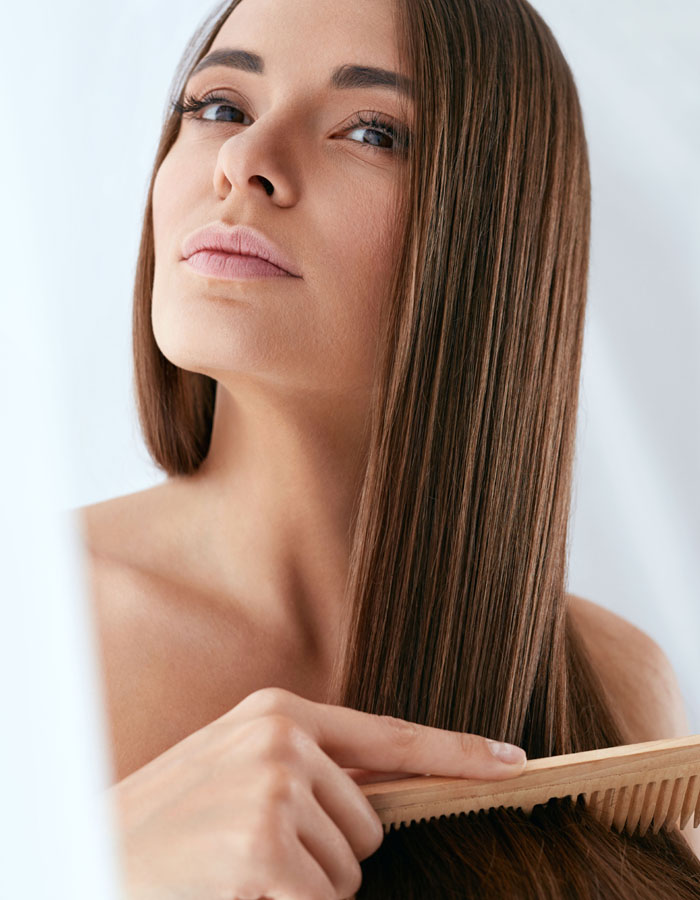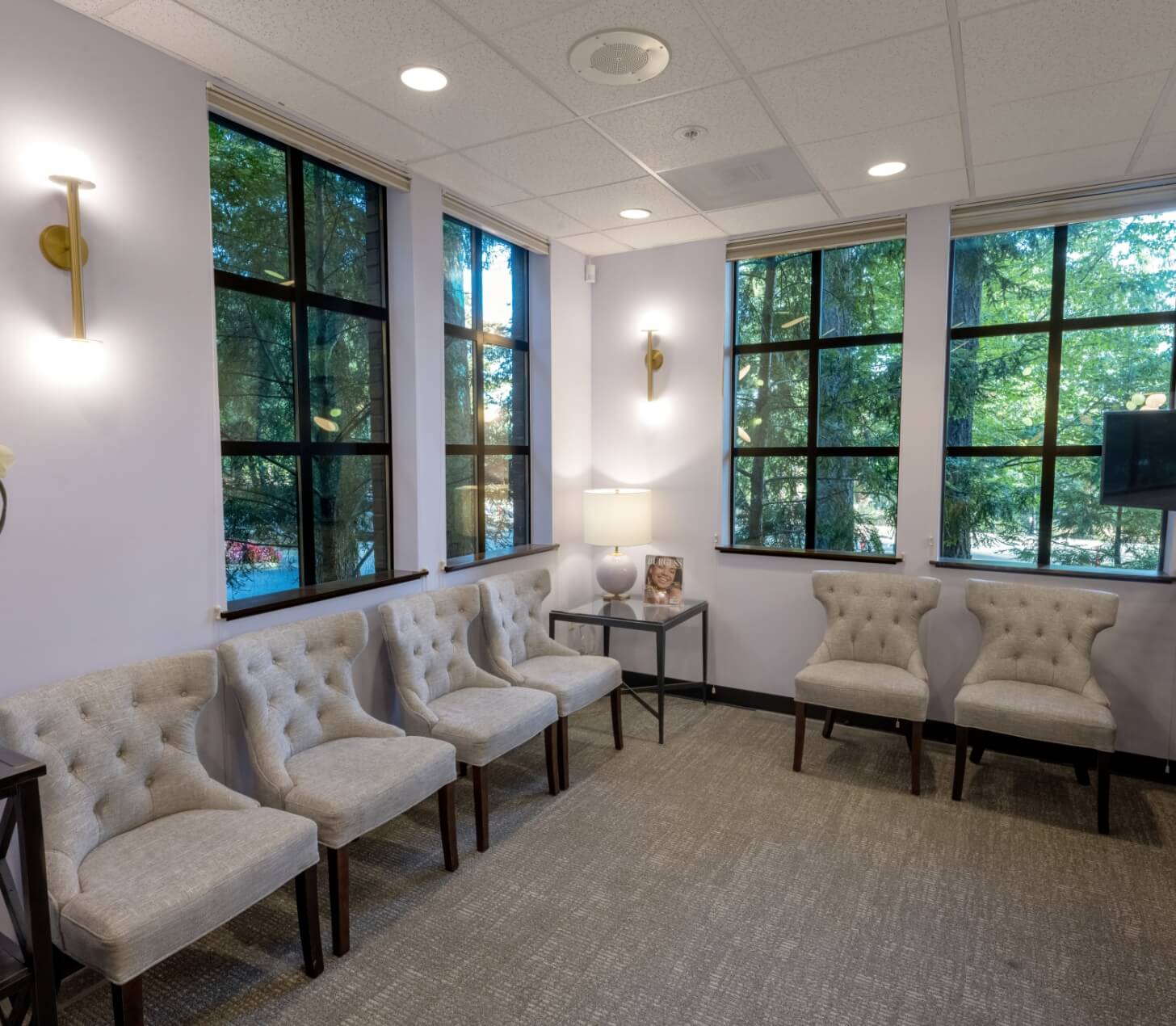 Model
Model
Hair Restoration With PRP in Portland & Lake Oswego
What causes hair loss?
Male-pattern and female-pattern baldness are both forms of androgenetic alopecia—a common condition driven by genetics and hormonal changes that become more pronounced with age. While this type of hair loss is more prevalent in men, women can also be affected. Other factors that may contribute to hair loss include:
- Deficiencies in vitamins, minerals, and protein
- Certain medications, such as blood thinners, antidepressants, and cholesterol-lowering drugs
- High levels of stress
- Hairstyles that place tension on the follicles, like tight ponytails, buns, and cornrows
- Infections, thyroid issues, and autoimmune diseases
- For women, additional factors like oral contraceptive use and pregnancy
For specific concerns, we recommend consulting your primary care provider.
What is PRP for hair loss?
We have incorporated PRP into our treatments to enhance natural rejuvenation. PRP involves drawing a small sample of your blood, concentrating the platelets, and injecting them to stimulate the body’s healing process. We also offer PRP therapy combined with microneedling to improve complexion, reduce wrinkles, and tighten skin.
For hair restoration, PRP involves drawing blood, isolating the platelet-rich plasma, and performing targeted injections into the scalp to potentially stimulate hair follicles for thicker, fuller hair. Most patients see results after three sessions, spaced 4–6 weeks apart. As hair improves, treatment frequency may decrease, but ongoing PRP sessions (2+ times per year) may be needed for maintenance.
After treatment, we recommend using Minoxidil, a topical medication, to support hair growth and maintain results between sessions. Full instructions on how to use Minoxidil will be provided during your first PRP treatment.
Treatments
Pre-Treatment Instructions
- Please hydrate; increasing your water intake the day of your treatment is important for the blood draw.
- Ensure you have had a small meal or snack prior to your treatment.
- Hair can be washed up to the day of treatment, but please refrain from hair coloring 72 hours prior.
- Avoid any blood thinning agents 7-days prior (ibuprofen, aspirin, multi-vitamin, fish oil, naproxen, etc.)
- Avoid smoking and alcohol consumption 72 hours prior to treatment.
- If you need to cancel/reschedule your appointment, please provide a 48 hour notice to avoid any fees.
Pre-Treatment Instructions
- Pinpoint bleeding, tenderness and bruising can occur at the injection sites and blood draw. These symptoms typically resolve within a week of treatment.
- Avoid aspirin, ibuprofen, naproxen, Motrin, or any other anti-inflammatory medications 72 hours after your treatment. Tylenol can be used if you have any discomfort.
- Hair can be washed the next day, and hair can be colored 72 hours after treatment.
- Change your pillowcase prior to going to bed the day of treatment to limit bacterial exposure.
- Blood thinning agents, smoking, and alcohol should be avoided for 72 hours after treatment.
- Do not apply any make up, hair care products or sunscreen for at least 24 hours; use a gentle shampoo/conditioner the following day.
- Avoid swimming, excessive sun exposure, hot tubs, saunas, and steam rooms for 48 hours.
 Model
Model
Interested in Hair Restoration with PRP in Lake Oswego?
If you’re considering Hair Restoration with PRP, our team at Burgess Plastic Surgery can help you achieve beautiful, natural-looking results. Call us today at 503-699-6464 or complete our online contact form to schedule your consultation and take the next step.
Schedule a Consultation